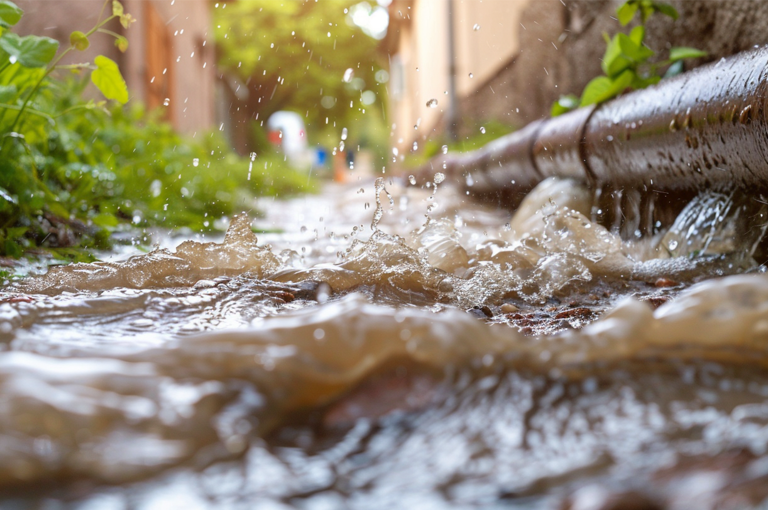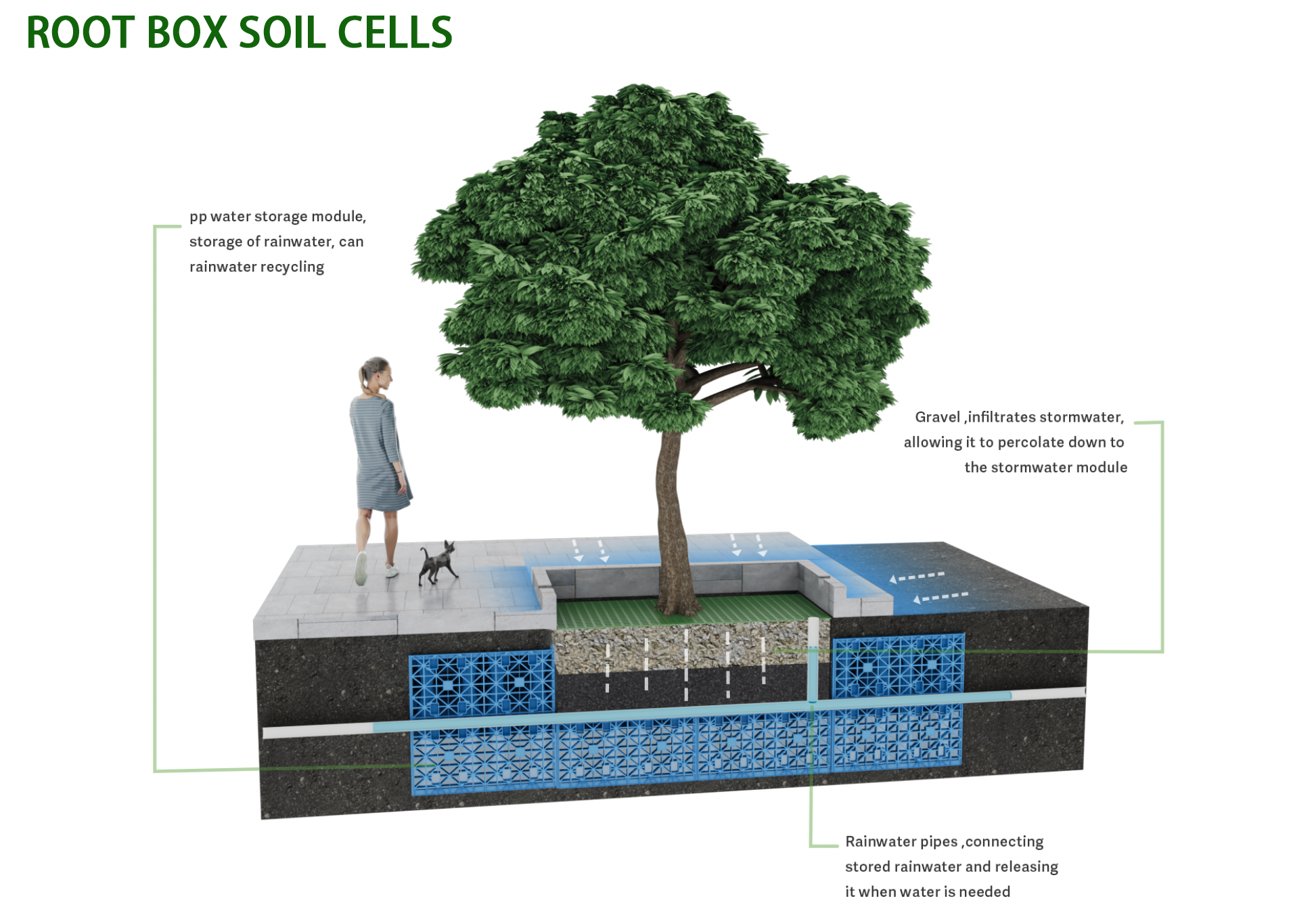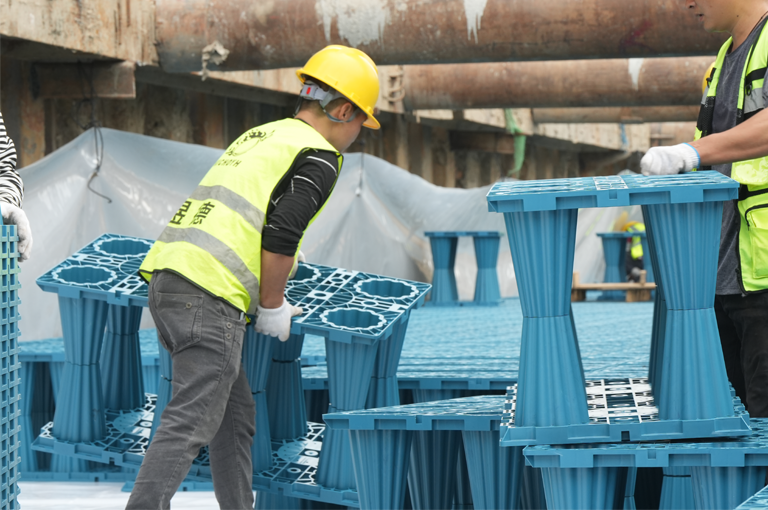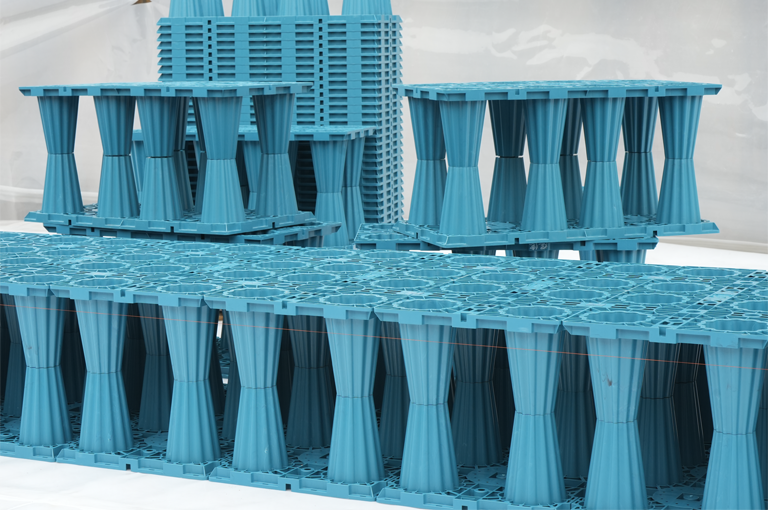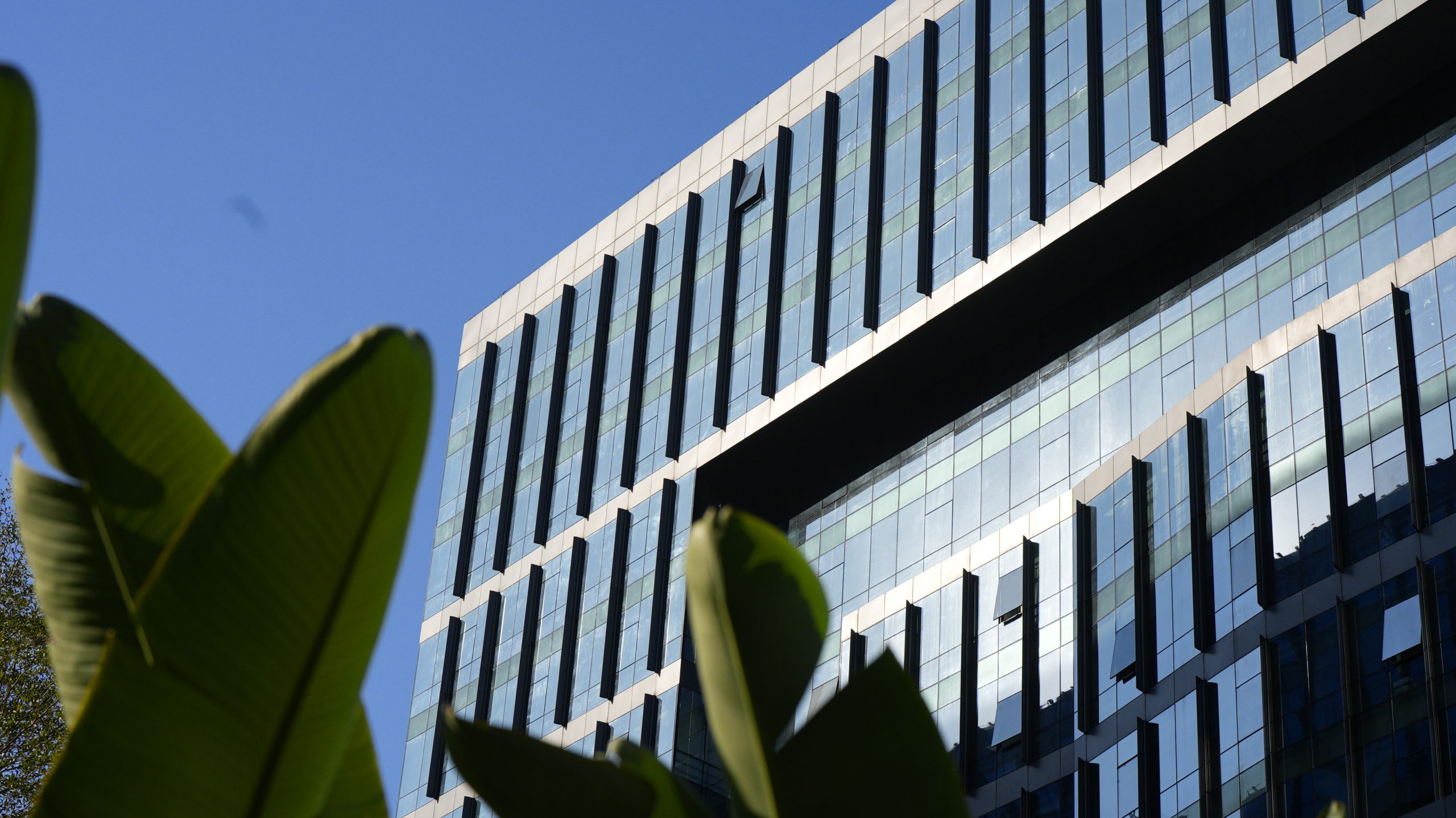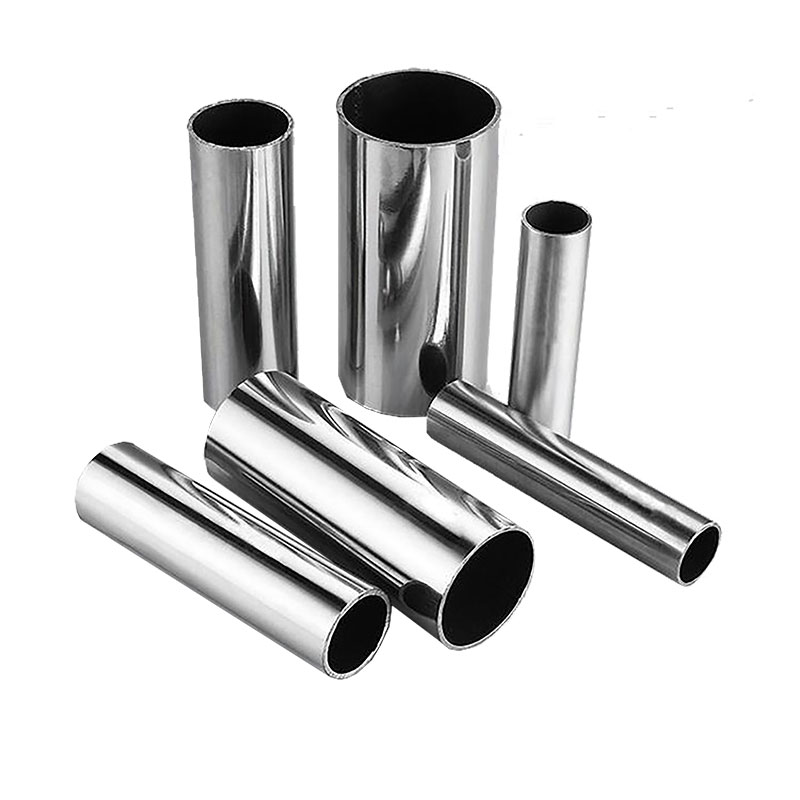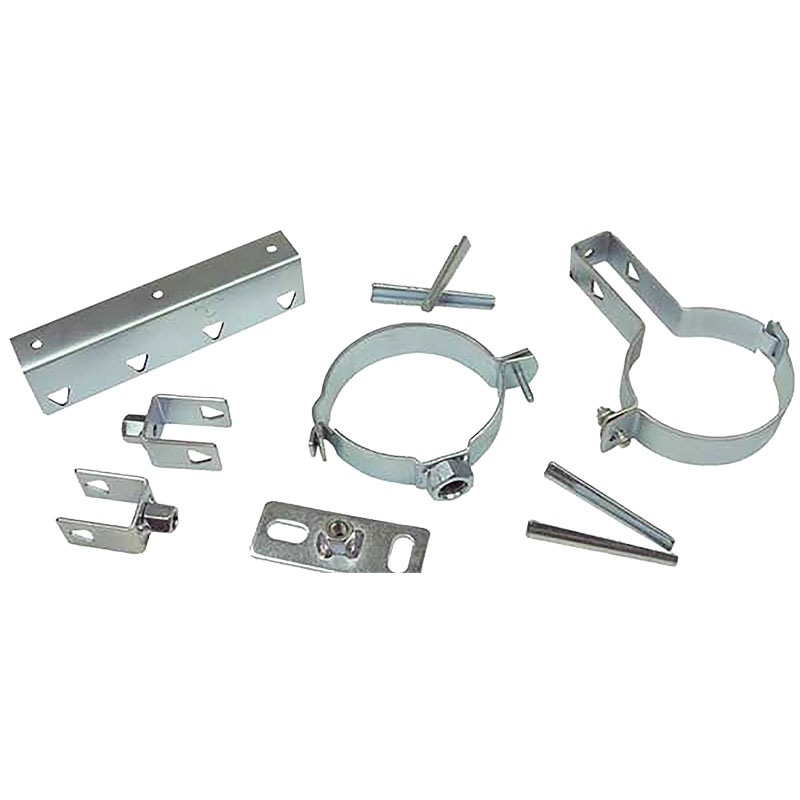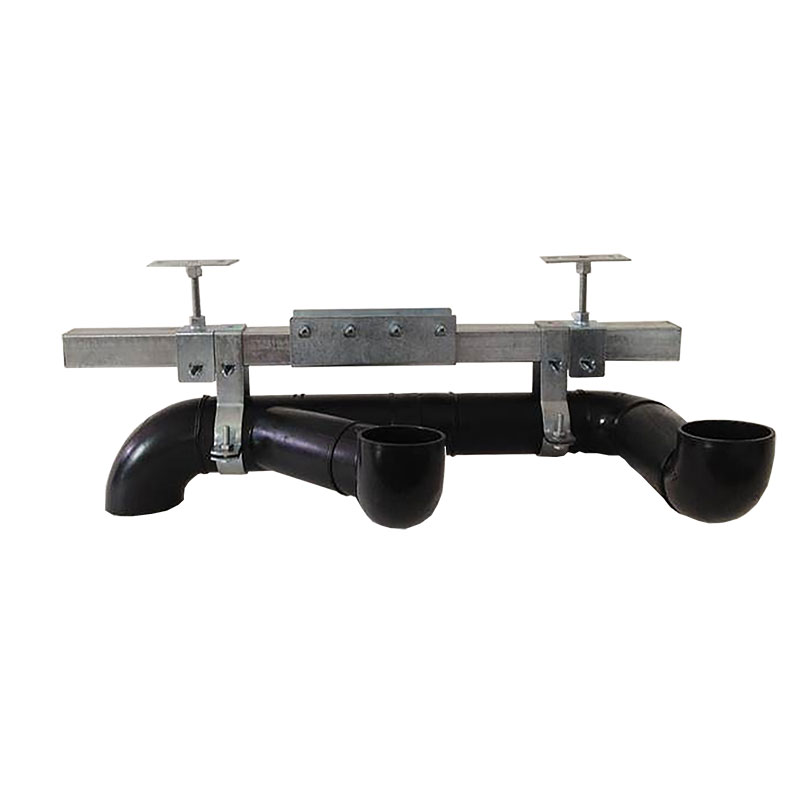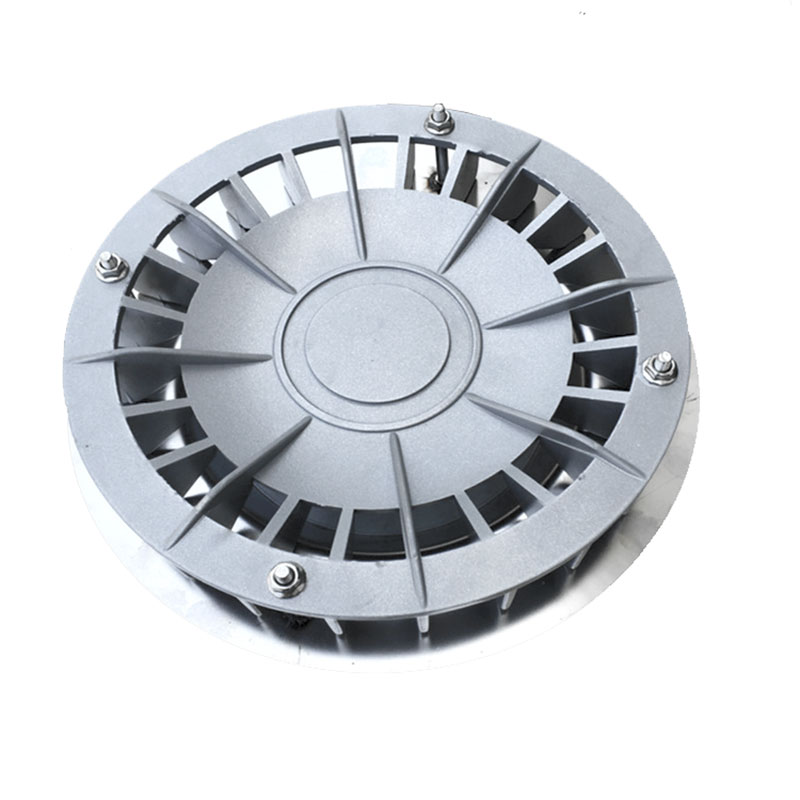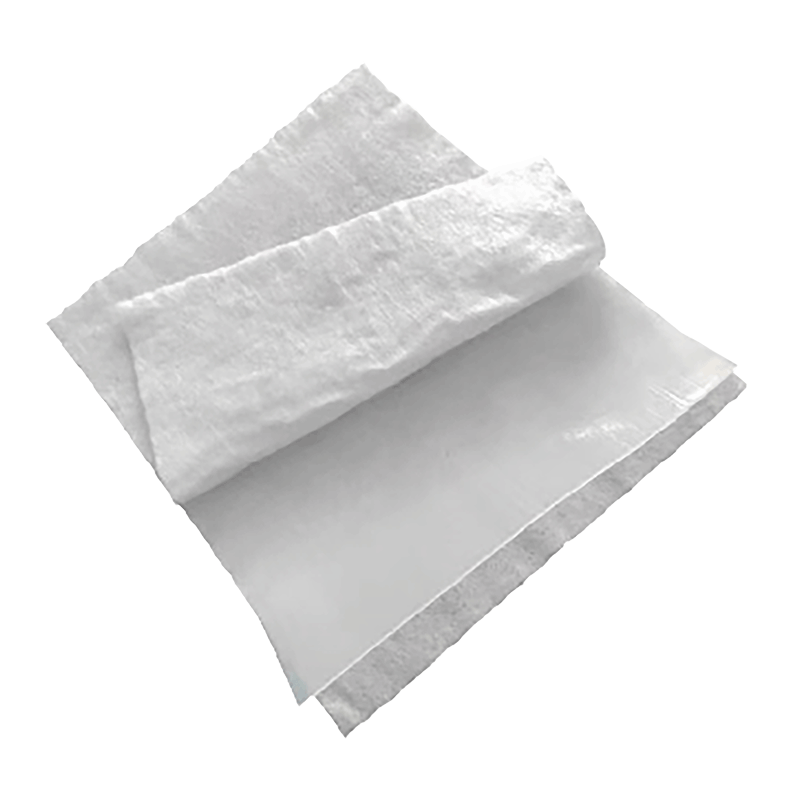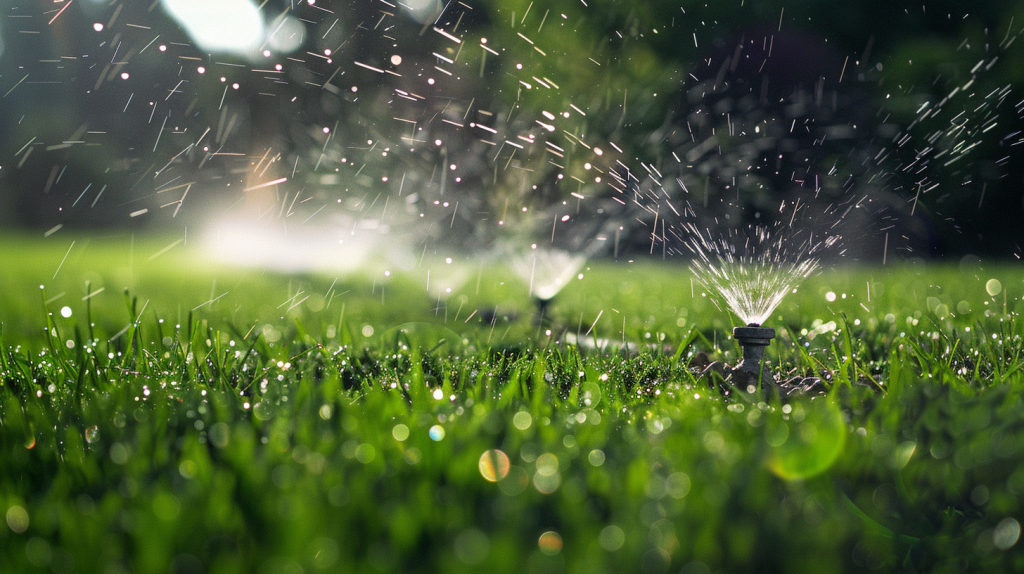What is stormwater drainage?
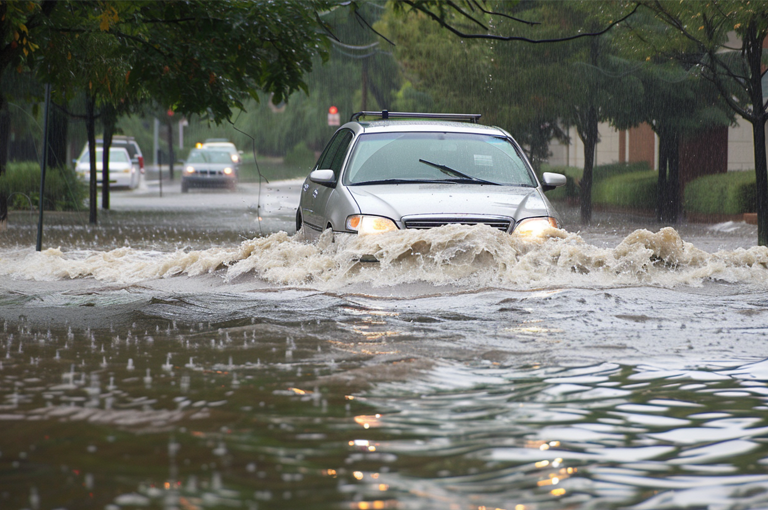
Stormwater drainage refers to the system and facilities for managing and controlling the flow and discharge of rainwater on urban and land surfaces. It plays a crucial role in urban planning and management, essential for ensuring the safety, sustainable development, and environmental quality of cities. This includes the collection, transmission, and treatment of precipitation to prevent problems such as floods, water pollution, and urban inundation.
The importance of stormwater drainage is evident in several aspects:
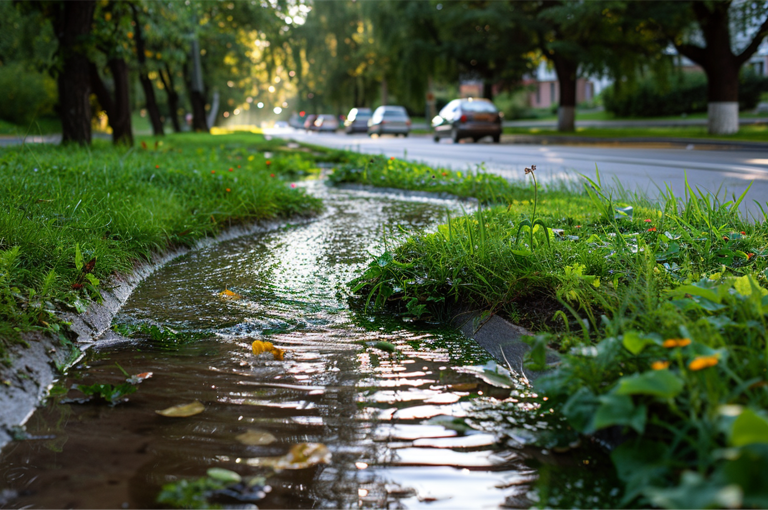
- Flood Prevention and Disaster Mitigation: Effective stormwater drainage systems can reduce the risk of floods, safeguarding lives and properties. By guiding and controlling the flow of rainwater, damage caused by floods can be minimized.
- Water Resource Management: Stormwater drainage systems can collect and store rainwater for various purposes such as irrigation, industrial use, and domestic use, contributing to the conservation of freshwater resources.
- Water Quality Protection: By diverting rainwater from urban surfaces, drainage systems can reduce the entry of pollutants into water bodies, helping to preserve water quality.
- Infrastructure Protection: Stormwater drainage systems can minimize erosion and damage to infrastructure and buildings caused by rainwater, prolonging their lifespan.
- Improving Urban Environment: Effective stormwater drainage systems can enhance the environmental quality of cities, reducing the adverse effects of water pollution and urban inundation, thereby improving livability and sustainability.
Yude Rain Eco‘s Rain Drainage Solutions:
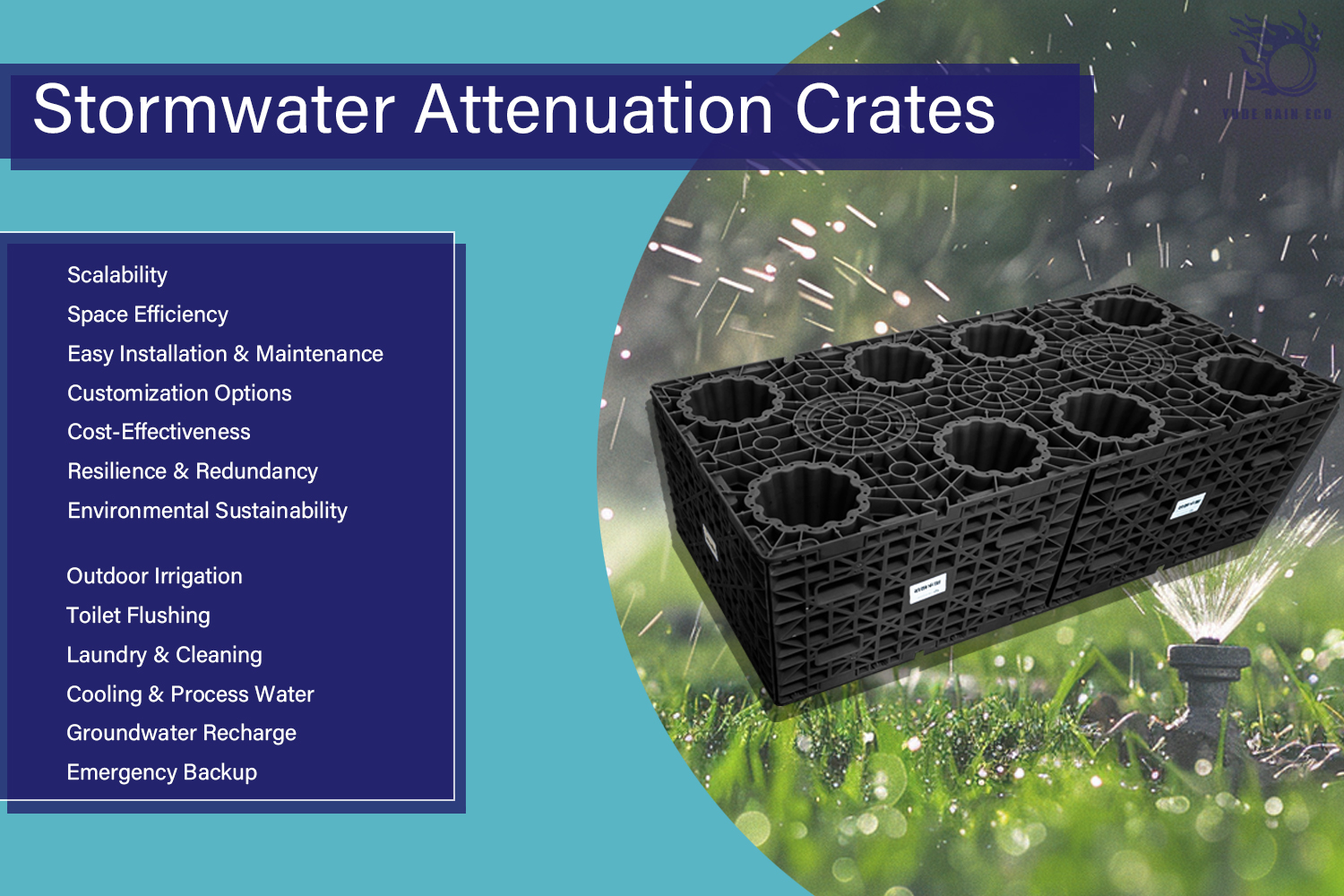
Yude Rain Eco offers a range of rainwater drainage solutions to effectively manage and utilize rainwater resources while protecting buildings and the environment.
- Modular Rainwater Harvesting System (also Catch Basin Drainage): This system features modular reservoirs designed to collect rainwater for various purposes such as domestic use, irrigation, car washing, and toilet flushing. It efficiently collects and stores rainwater, turning it into a usable resource.
- Siphonic Drainage System: The siphonic drainage system aims to protect the roofs of buildings, preventing the risk of collapse due to accumulated rainwater. This system utilizes siphonic principles to drain water quickly and effectively, ensuring the structural integrity and safety of buildings.
- Permeable Pavers: Permeable pavers can be laid on urban roads, preventing problems such as urban inundation caused by inadequate drainage of large amounts of rainwater. They allow rainwater to infiltrate underground quickly, reducing surface water accumulation and improving road safety and comfort.
- HDPE Stormwater Drainage Pipes: These high-density polyethylene (HDPE) pipes are designed as high-quality, durable, and easy-to-maintain systems. They are suitable for various scenarios, including but not limited to residential areas, shopping malls, community neighborhoods, office buildings, hospitals, and municipal facilities. These pipes effectively transport and discharge rainwater, ensuring the smooth operation of drainage systems.
- Stormwater Filtration Inlet
: Entrata dell'acqua piovana rispettosa dell'ambiente(stormwater drain filters)play a crucial role in the rainwater system by initially purifying and filtering rainwater, preventing odor and mosquito breeding. These drains feature odor and pest prevention functions, helping to maintain the cleanliness and health of the rainwater system while reducing pollution to the surrounding environment.
Requirements of Different Drainage Systems and Their Differences:
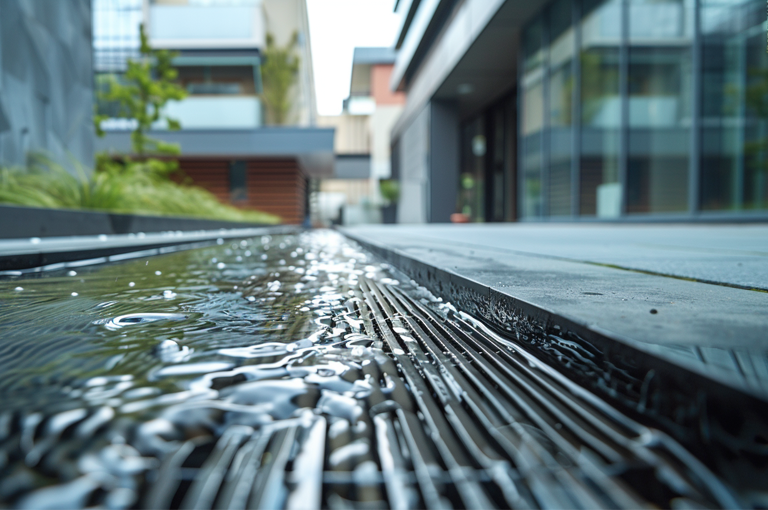
Different types of buildings and locations have varying requirements for stormwater drainage systems, influenced mainly by factors such as building structure, usage, surrounding environment, and human activity.
- Residential Stormwater Drainage System:
Requirements: Residential stormwater drainage systems typically need to effectively manage rainwater around houses. They may require basic facilities such as rainwater pipes, drainage channels, and rain barrels to ensure that rainwater does not accumulate around the house and can be effectively collected and utilized.
Differences: Residential stormwater drainage systems are usually smaller in scale and mainly used to handle rainwater discharge from single residences. Compared to other types of buildings, residential drainage systems may be simpler and more basic.
- Office Building Stormwater Drainage System:
Requirements: The stormwater drainage system for office buildings needs to consider the activities of a large number of employees and visitors, as well as possible facilities such as parking lots. They need to have a high drainage capacity to effectively handle large amounts of rainwater, and the drainage system should be coordinated with the structure of the building.
Differences: The stormwater drainage systems for office buildings may be larger in scale compared to residential ones and require more complex design and facilities to cope with higher volumes of rainwater flow and activity.
- Stormwater Drainage Systems for Shopping Malls:
Requirements: Shopping malls typically have large buildings and extensive parking lots. Therefore, their stormwater drainage systems need to handle large-scale rainwater discharge effectively and manage the flow of rainwater in parking lots and indoor spaces. At the same time, shopping malls may need to consider safety issues for personnel and vehicles.
Differences: The stormwater drainage systems for shopping malls may be larger in scale than those for office buildings and require more complex design and facilities to handle higher volumes of rainwater flow and activity.
- Community Stormwater Drainage System:
Requirements: Community stormwater drainage systems need to address rainwater discharge issues across the entire community. Therefore, centralized design and management are required. They need to effectively collect, store, and discharge large amounts of rainwater, and the drainage system should be coordinated with other community facilities.
Differences: Community stormwater drainage systems are typically designed for the entire community and need to consider the rainwater discharge needs of different areas. They may require more complex design and facilities to cope with the scale and complexity of urban challenges.
- Hospital Stormwater Drainage System:
Requirements: The stormwater drainage system for hospitals needs to consider the special requirements of the hospital environment, such as hygiene and safety. They need to effectively manage rainwater around hospital buildings and facilities, and the drainage system should be coordinated with other hospital facilities.
Differences: The stormwater drainage system for hospitals may need to consider specific hygiene and safety requirements of the hospital and its ability to respond to emergencies.
- Municipal Facility Stormwater Drainage System:
Requirements: Municipal facility stormwater drainage systems need to cover rainwater management within the city, including drainage of roads, parks, squares, and other public places. They need to effectively manage the flow of rainwater within the city and the drainage system should be coordinated with other city infrastructure.
Differences: Municipal facility stormwater drainage systems are typically designed for the citywide scale and need to consider the rainwater discharge needs of different areas. They may require more complex design and facilities to cope with the scale and complexity of urban challenges.
Are you still facing the crisis of storms alone?
If you are looking for reliable stormwater drainage solutions, Yude Rain Eco is your best choice. Our innovative technology, sustainable principles, and customized services will help you solve various stormwater drainage problems and achieve the sustainable development of buildings. Visit the Yude Rain Eco website now to learn more about our products and services and choose the best stormwater drainage solution for your building!

